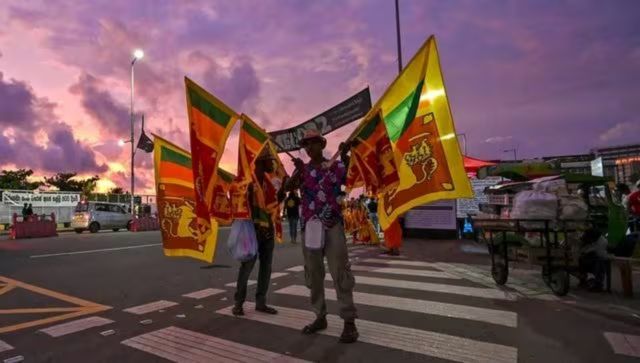Sri Lanka’s bankrupt economy has recorded a positive growth for the first time since the onset of the economic crisis in the island nation. According to the Department of Census and Statistics (DCS), the year-on-year GDP growth rate for the third quarter has been reported as a positive 1.6 percent. Sri Lanka had previously experienced a negative growth rate of minus 8 percent when it declared bankruptcy in April 2022, and the economic downturn persisted from the fourth quarter of 2021. Despite the recent positive development, the International Monetary Fund (IMF), which released the second tranche of its USD 2.9 billion bailout earlier this week, maintains that Sri Lanka’s overall growth for 2023 will remain negative. However, the IMF anticipates a positive growth rate for the country’s economy in 2024. Sri Lanka is currently going through a strict IMF based reform regime. President Ranil Wickremesinghe, who is also the finance minister, insists on reforms despite strong criticism from the opposition. The reforms, coupled with a high cost of living, are expected to play a significant role in the island’s election year in 2024. Wickremesinghe told Parliament this week that reforms were essential, despite the hardships faced by the public. Sri Lanka, which defaulted on its sovereign debt, is still in negotiations with external creditors for concessions on repayment to achieve sustainability, a key component of the IMF bailout. With PTI inputs.
Sri Lanka's economy shows positive growth for first time since crisis
FP Staff
• December 16, 2023, 15:32:10 IST
Sri Lanka is currently going through a strict IMF based reform regime. President Ranil Wickremesinghe, who is also the finance minister, insists on reforms despite strong criticism from the opposition.
Advertisement
)
End of Article